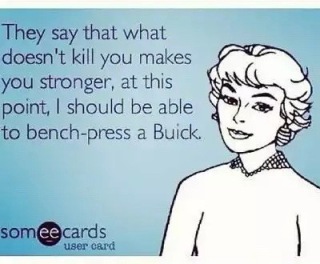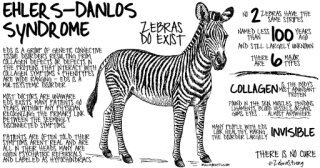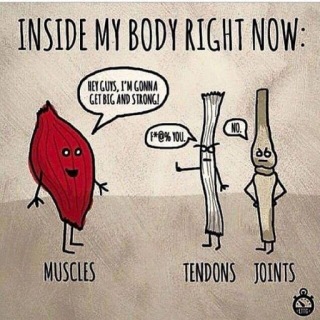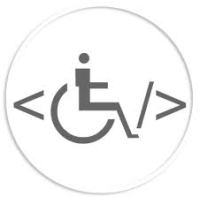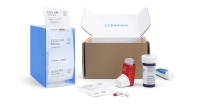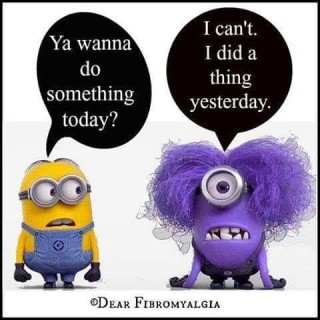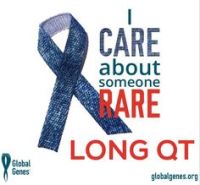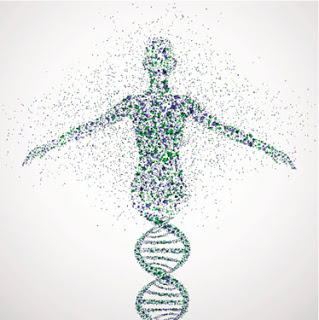October is also Dysautonomia Awareness Month! Wahoo! Dysautonomia is an umbrella term for several conditions that result from a dysfunction of the autonomic nervous system (ANS). Many people know of the ANS from health class as being the system that is in charge of the “fight or flight” response, and you’d be mostly right. Yes, the ANS is in charge of “fight or flight” but more broadly, it is essentially in charge of regulating the automatic functions of your body. There are nine different types of dysautonomia: POTS, OI, AAG, Pandys, NMH, NCS, PAF, FD, and MSA. Learn more about them here. For this post I will only be talking about POTS and my experiences with POTS. I have secondary hyperadenergic POTS (hPOTS).
 What is POTS?
What is POTS?
What causes POTS?
Common Misconceptions
- POTS is caused by anxiety. POTS symptoms can mimic anxiety/panic disorders patients are often misdiagnosed or POTS is missed entirely because symptoms are deemed to be caused by anxiety. See research here.
- POTS is caused by deconditioning. See research here. Exercise (for those allowed by their doctors) can be a crucial part of a POTS patient’s treatment plan but is not caused by deconditioning and cannot be cured by exercise alone.
- POTS is just getting dizzy sometimes. POTS is a complex neurological condition that effects every patient different though almost all, if not all, have multiple organ systems effected.

Lingo
- brain fog: cloudy feeling that hangs around and causes you to do stupid shit like flush the toilet three times, forget if you took your meds or just thought about taking your meds, and being unable to form a coherent sentence
What my POTS is like
 Another big problem I have is blood pooling. POTS alone can cause bad pooling but with the stretchiness of my veins from EDS, it is much worse. I also have Raynaud’s syndrome so my hands and feet are always cold! The picture to the left is an example of blood pooling in my hands (on medication). This is what happens if I stand with one hand raised and one arm relaxed for two minutes. The white hand was raised and therefore has less pooling (gravity does all the work). After about a minute of sitting my legs look like my left hand. Now imagine a 11 hour car ride or a 3 hour lecture. This is why many POTSies wear compression stockings and socks to help our bodies circulate blood or why lying down with our legs up helps.
Another big problem I have is blood pooling. POTS alone can cause bad pooling but with the stretchiness of my veins from EDS, it is much worse. I also have Raynaud’s syndrome so my hands and feet are always cold! The picture to the left is an example of blood pooling in my hands (on medication). This is what happens if I stand with one hand raised and one arm relaxed for two minutes. The white hand was raised and therefore has less pooling (gravity does all the work). After about a minute of sitting my legs look like my left hand. Now imagine a 11 hour car ride or a 3 hour lecture. This is why many POTSies wear compression stockings and socks to help our bodies circulate blood or why lying down with our legs up helps. 
While POTS impacts many things in my life it does not mean I can’t do fun stuff, learn, and enjoy life I just need everything to slow down and take breaks. I have very limited energy and most is spent on school, existing, medical appointments, personal hygiene (showers are EXHAUSTING), and keeping myself alive. I have to worry about getting places without steps, lying down in the middle of the mall to keep myself from passing out, obsessing over hydration and medication schedules to maintain baseline and prevent things from spiraling out of control, and pretend to be a functioning adult.
Thanks for reading and make noise for turquoise (dysautonomia awareness color)!






